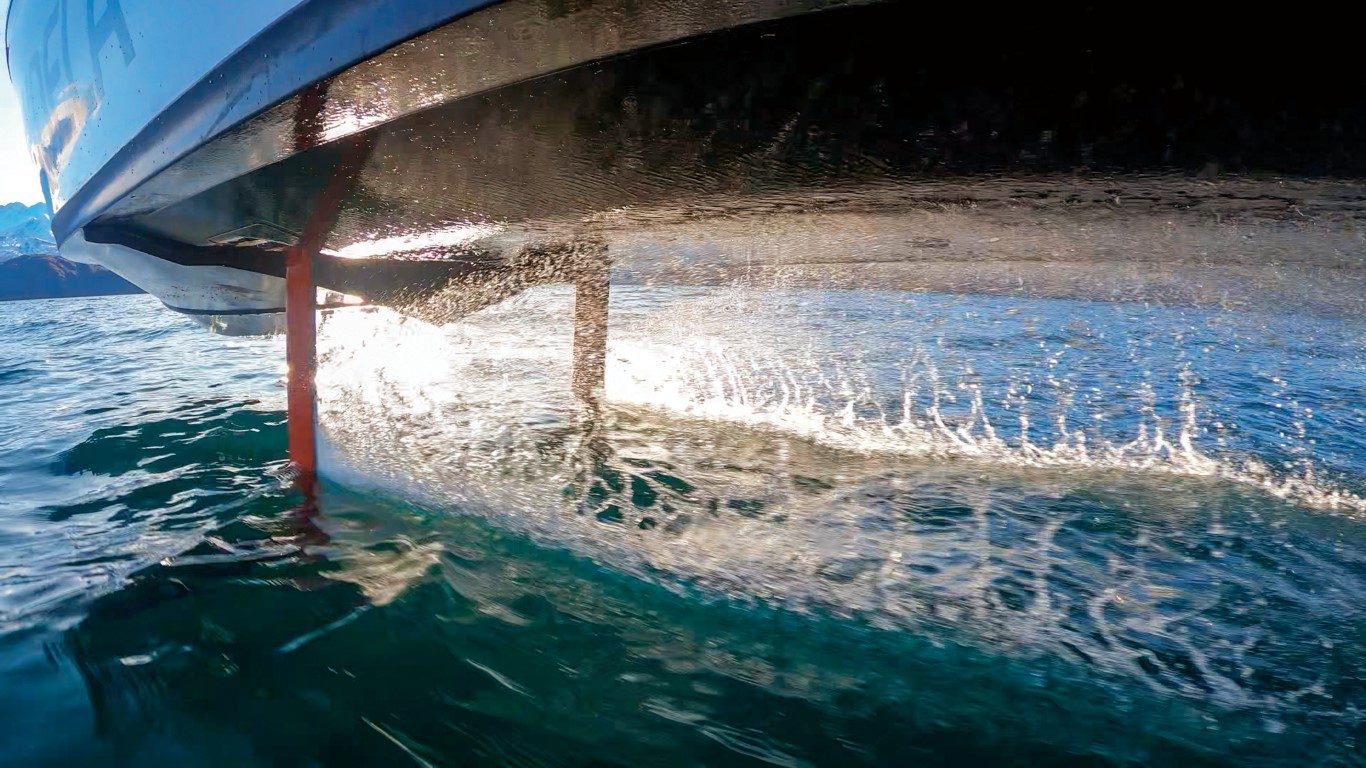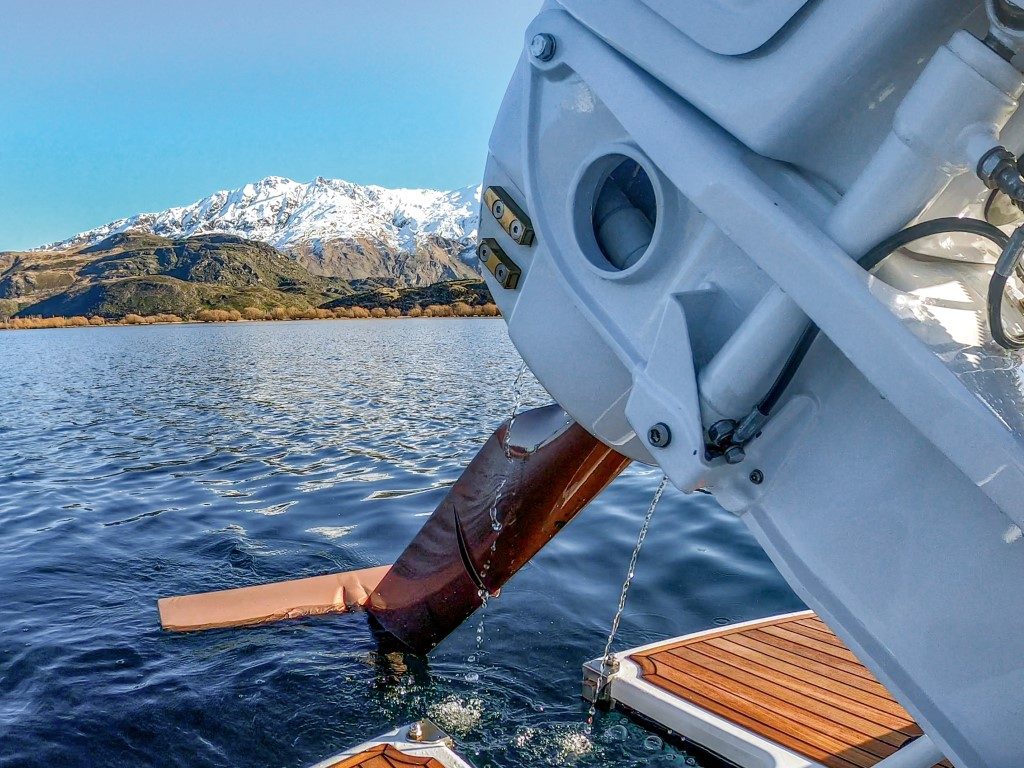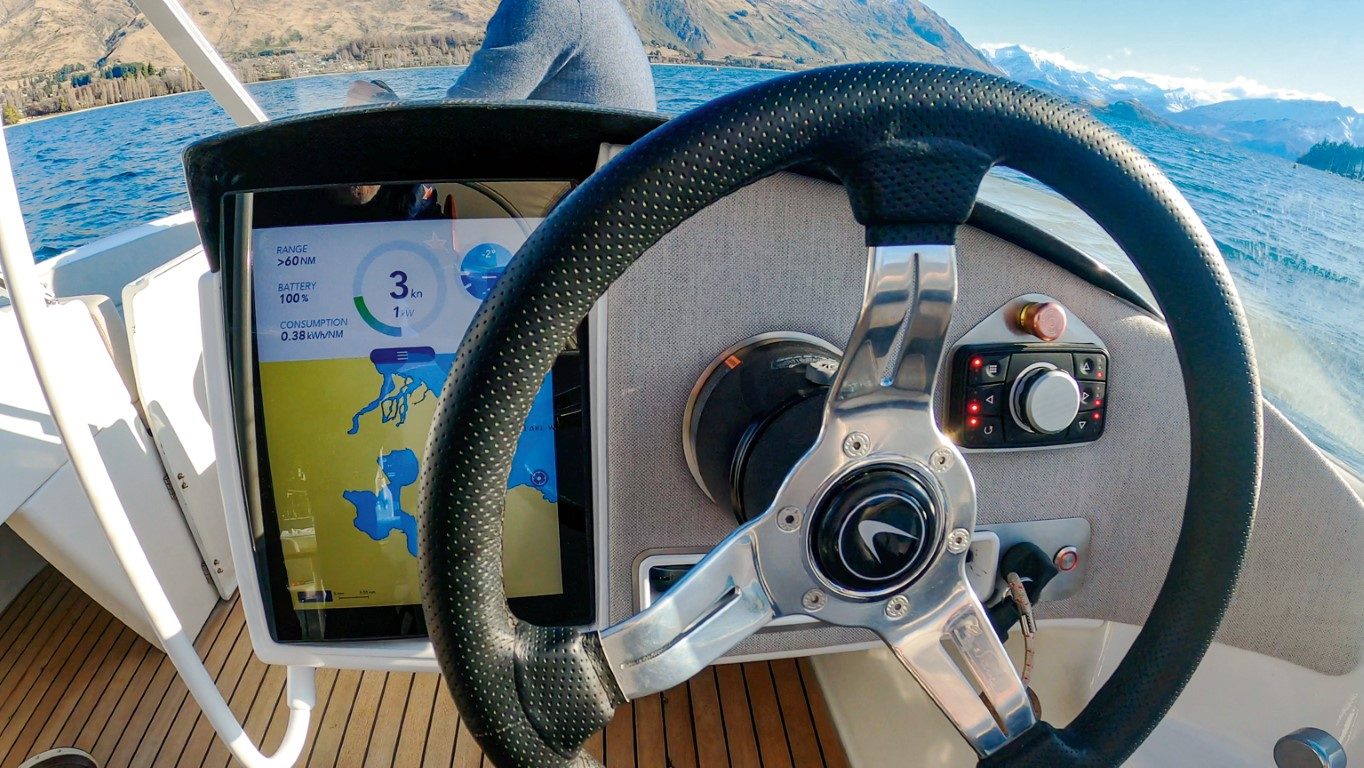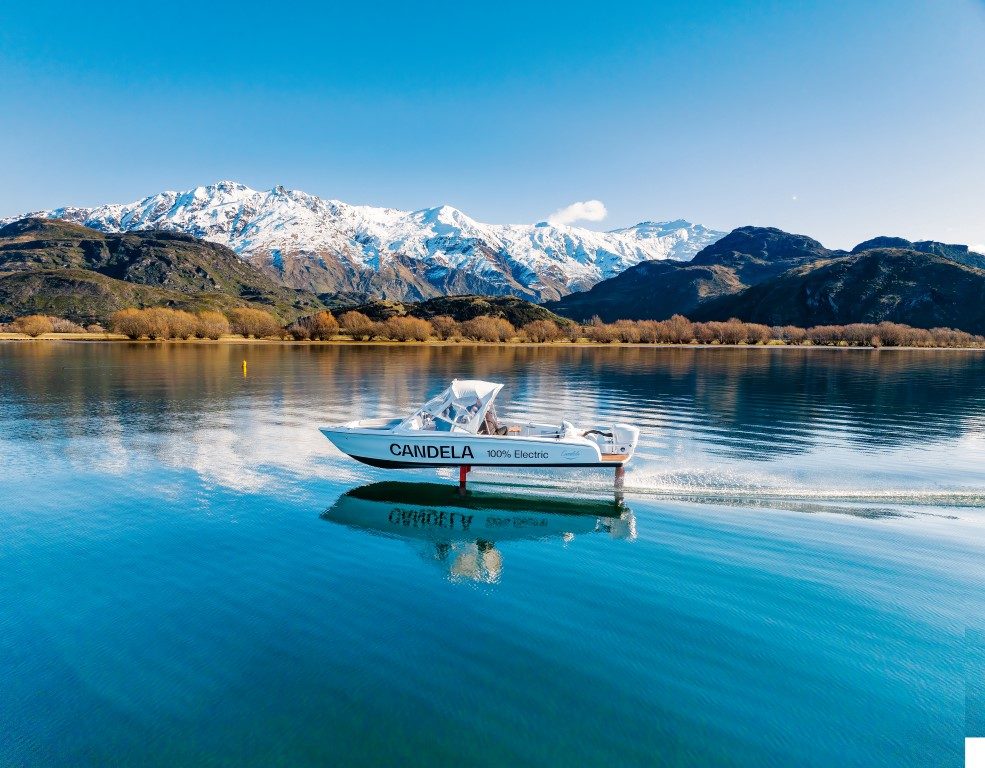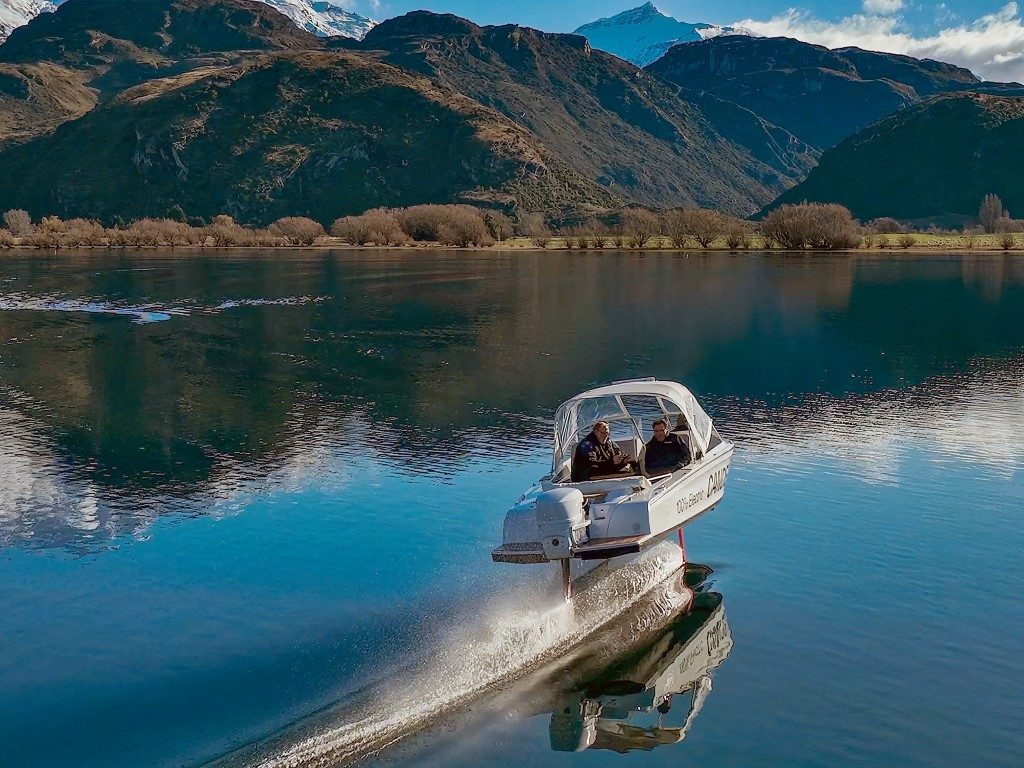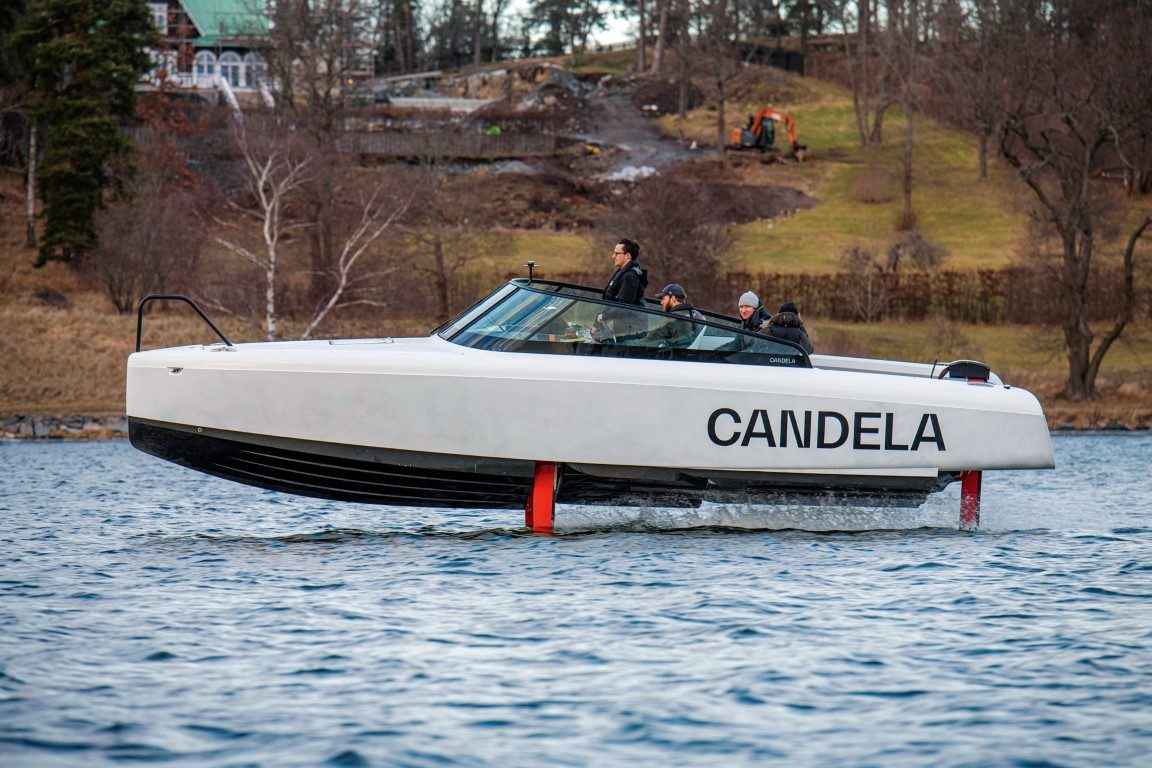‘Behemoth’ is a word which springs to mind or, perhaps more nautically, ‘leviathan’.
- Smooth flight
- Excellent performance
- Decent range between charges
- Ground-breaking technology, but easy operation
- Overnight charging from domestic power or fast charging



